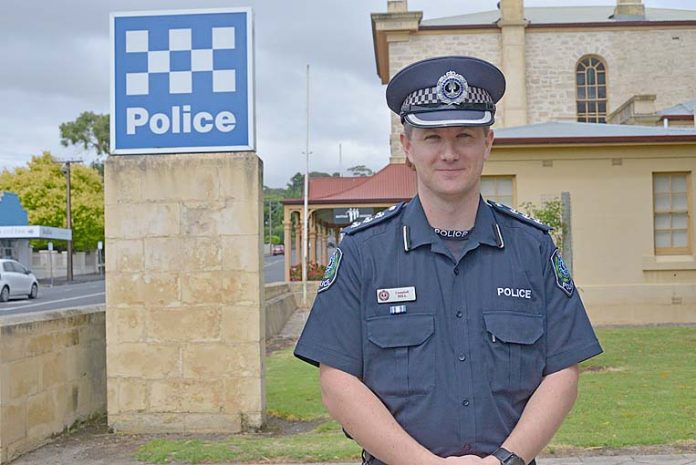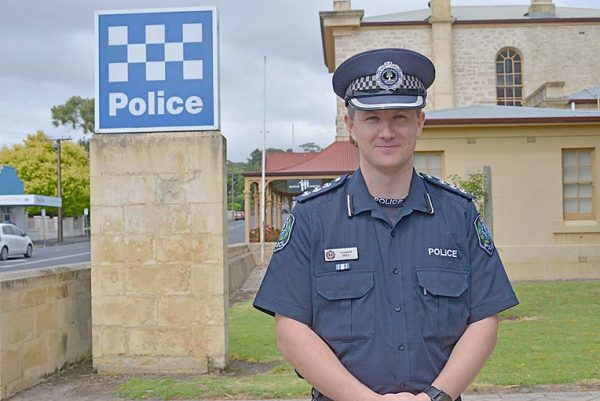

LIMESTONE Coast police have welcomed new figures from the RAA, which show a 25pc reduction in speed camera fines over the last three years.
Data released by the state’s leading motoring body yesterday revealed drivers are saving more money and lives by keeping to the speed limit.
Limestone Coast Police Operations Inspector Campbell Hill was pleased by the statewide results.
“It is a clear reflection that our messages about speeding and dangerous driving are getting across,” Insp. Hill said.
“Speeding and dangerous driving are in the fatal five, so they are key areas of focus.”
With high speed rural roads in the Limestone Coast region, Insp Hill said the results were particularly comforting.
“The majority of our main roads are high speed roads,” he said.
“A lapse in concentration on those roads can lead to a higher chance of leaving the road or veering into oncoming traffic, which can have a fatal result.”
Police figures show almost 200,000 speeding motorists were caught on fixed and mobile cameras across the state and fined $58.3m in 2016, but fewer than 150,000 drivers were caught and fined $45.9m last year.
RAA road safety senior manager Charles Mountain said it not only saved motorists money, but more importantly reduced the risk of crashing.
“It’s a positive story to see more motorists sticking to the speed limit and making the streets safer for all road users,” Mr Mountain said.
“Fines can be expensive so paying attention to the speed limit is not only good for your safety but also your hip pocket.”
While speeding has reduced, red light fines generated by cameras fell by less than 2pc – down from 33,402 in 2016 to 32,810 last year.
Mr Mountain warned ignoring red lights, like speeding, could have catastrophic consequences.
He said red-light fines should be treated the same as speeding fines and the revenue used to improve road infrastructure to cut crashes and save lives.
“The $15m generated by red-light camera fines last year could significantly reduce road trauma,” Mr Mountain said.
“RAA is urging the State Government to spend the red-light fine money on black spot projects because these reduce fatal and injury crashes by 30pc on average.”
Insp Hill said police remain focused on driver behaviour around traffic lights, particularly due to the business of Mount Gambier.
“The frustrating thing is that traffic light rules have changed, yet some people still ignore the signals,” he said.
“People often forget it is an offence to enter an intersection on an orange light if you have sufficient time to stop.
While he reiterated there was no tolerance for drivers who run red lights, Insp Hill said pedestrians also have to take care around busy intersections.
“We also have a lot of visitors who can tend to take it for granted they are in a busy country town,” he said.
“The onus is both on the driver and pedestrians to take care and be safe.”





